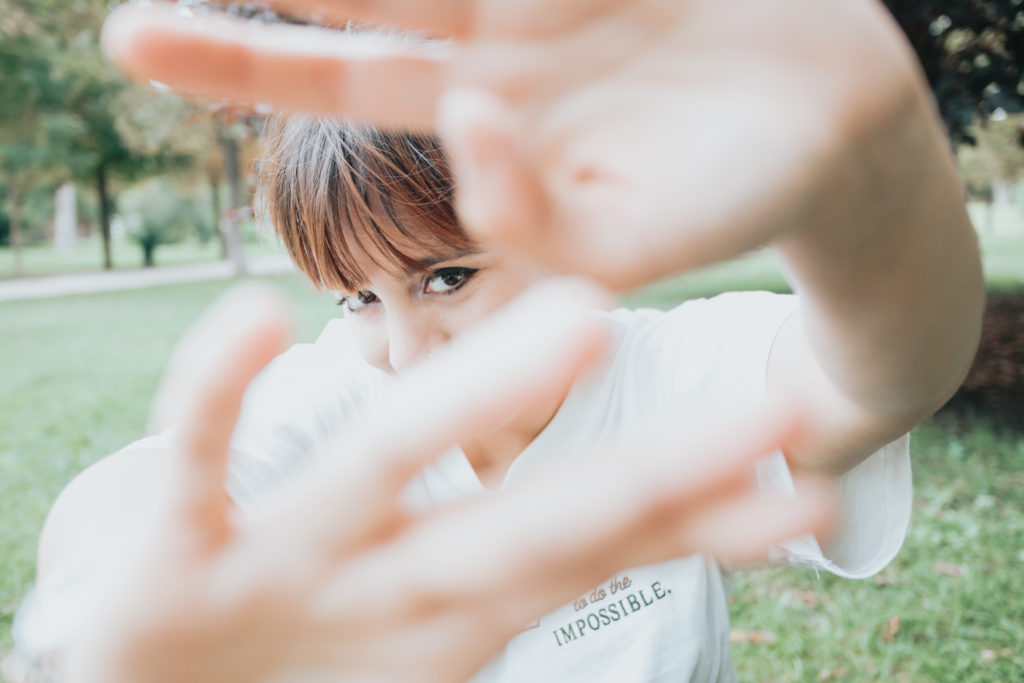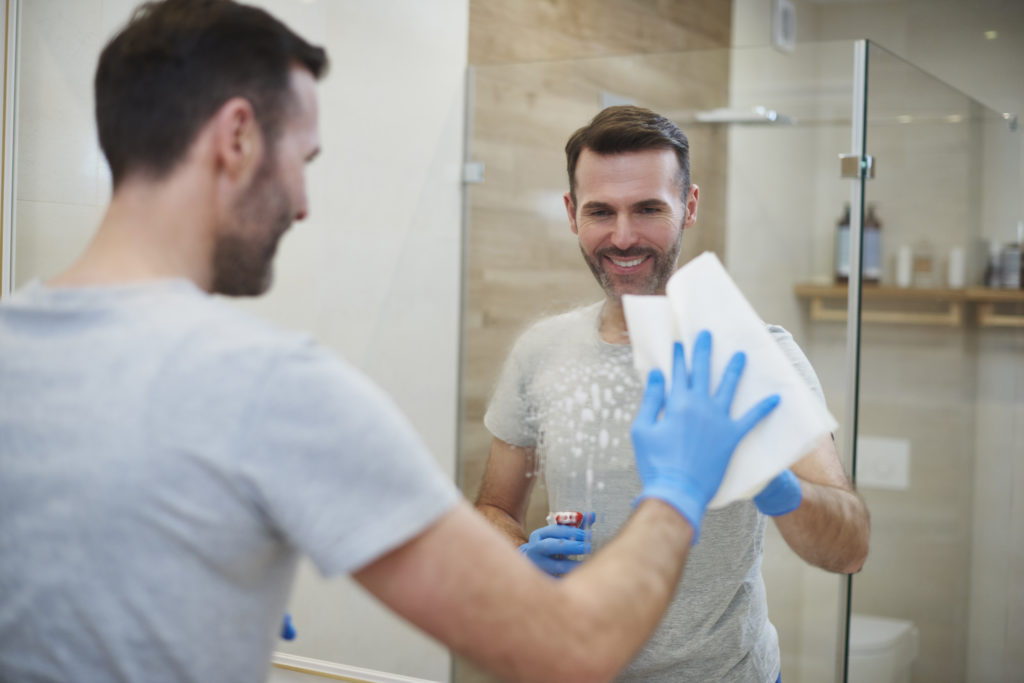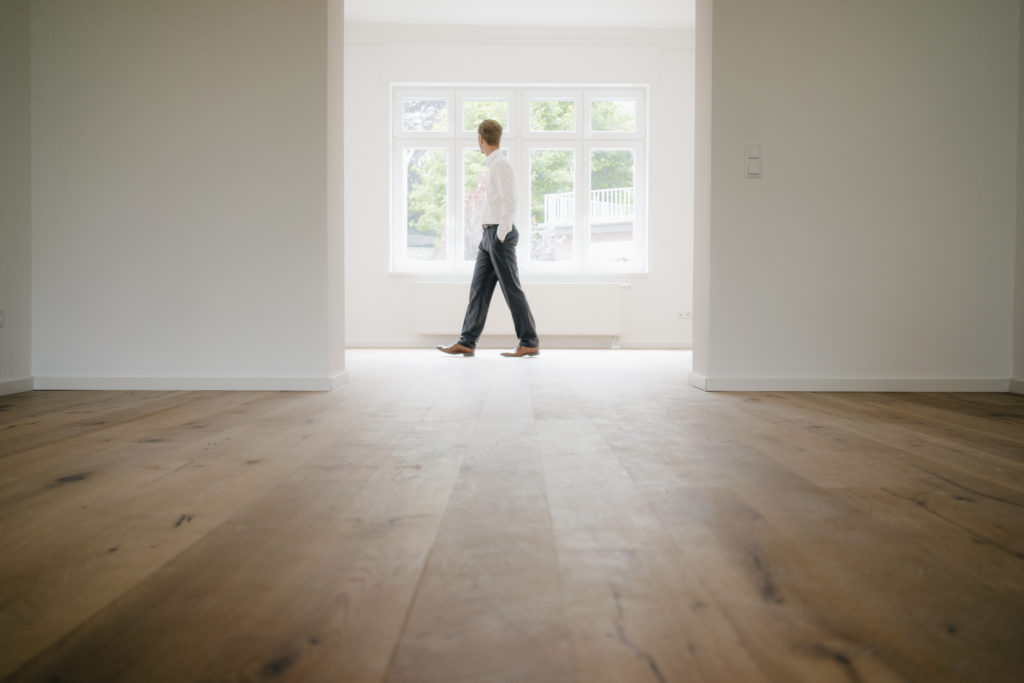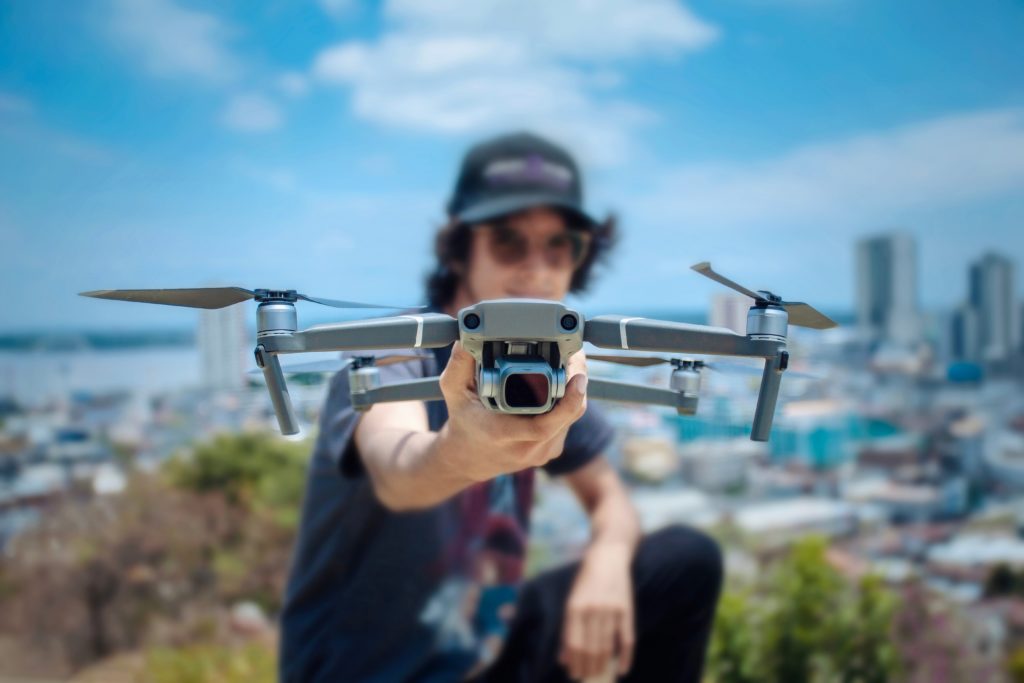Creating a real estate video with impact is one of the most powerful tools in modern realty marketing at your disposal. Agents at JohnHart have the resource of simply reaching out to the marketing team for a trained videographer (such as myself) to help them throughout the process. But what if you’re trying to do this all on your own? These days, state-of-the-art technology is affordable and intuitive, so you have no excuse for creating anything less than professional. But successful property video tours require more than sleek production values. If you want to create real estate video tours with some real heat behind them, here are a few crucial tips.
Keep Your Real Estate Video Short and Sweet

Even a hooked audience actively shopping for property has a limited attention span. That’s why you always want to keep things short and sweet. You don’t want to spend too much time in a single room or even on a single shot. I’m hesitant to give you a concrete number of seconds as a guide. However, it’s a good rule of thumb to give yourself just enough time to get a sweeping shot of the room and then immediately cut to the next shot. Don’t make the mistake of dwelling on a room. Your viewers certainly won’t!
No Shaky Cam in Real Estate Video Tours
Have you ever watched a “found footage” movie? They’re creative, but the unsteady camerawork can leave audiences feeling queasy. Obviously, this isn’t the kind of reaction you want from your real estate video. Therefore, smooth motion is absolutely key to your video tour’s shareability. Fortunately, fluid and steady camerawork is easier (and more affordable) than ever. You don’t even need a tripod. If you’re shooting your real estate video on a phone, you can easily find inexpensive gimbals on the market that work like a charm.
Keep it Classy, Never Flashy
This one’s pretty self explanatory, but still worth a mention. It can be tempting for an agent to put the focus on their ego instead of the property they’re selling. How many shots have you seen of an agent getting out of their BMW in a real estate video? This isn’t the appropriate forum for selling your personality to a possible buyer. They’re shopping for a house. Show them the house.
Cleanliness Sells Homes

When filming your real estate video, you’re not just selling a home. You’re selling the image of a perfect home. This means it needs to be cleaner than it’s ever been. No smudges on the glass. No dishes in the sink. No piles of clothing in the corners of the room. If you need to hire professional cleaners beforehand, it’s worth the investment. After all, it only takes one imperfection to shatter the dream.
Earn an A+ in B-Roll
When making a professional-looking real estate video, b-roll is integral. But if you’ve never worked in real estate videography before, you may have never even heard of it. B-roll is the industry term for secondary or supportive shots. For example, when filming a property video tour, shots that introduce a specific room would not be considered b-roll. But quick cuts to distinguishing features of the home would definitely count. So, when filming, be sure to take time to gather some great shots that focus on details to break up the walkthrough a bit. This is also a great time to recapture some of your primary footage at a different angle. It may feel like extra work, but these b-roll shots will really elevate your property video tours to a new level in the editing room.
Size Matters… At Least Where Your Angle is Concerned
The size of your angle matters, but there’s a balancing act that goes into it. Go too narrow and you won’t be able to capture as many of the home’s details in a single shot. Go too wide and you risk a bizarre fish-eyed lens effect. And a fish-eye view of your property is not going to help sell it. So, when determining the angle size to use, employ the Goldilocks approach. Not too wide. Not too narrow. Just right! I’d recommend keeping things somewhere between a 15mm and 18mm angle.
The Challenge of Balanced Exposure in Real Estate Videography
One of the most challenging aspects of filming a real estate video is finding ways to keep your shots properly exposed. Why is this so difficult? Because during daylight hours, the exterior is always going to be brighter than the interior. If too much light is getting in through the windows, you’ll end up with high contrast spots where the details aren’t discernible. Ideally, you want to be able to see every nuance of the room you’re filming while still being able to make out what’s happening out the window. If you’re using your phone’s camera, filming during sunrise or sunset is an effective way to minimize the problem. Twilight is a popular time for filming, but you only have about an hour of optimal light to get all of your footage. Arrive with a plan and make every second count!
There’s Nothing Sadder Than a Real Estate Video of an Empty Home

Some agents recognize the potential of a home and feel like it’s instantly recognizable to everyone else. Don’t take your keen eye for granted by shooting a video tour of a property devoid of furniture and decor. Potential buyers need to see what the space can feasibly accommodate. Therefore, staging is absolutely essential. Choose a tasteful staging service and design your ideal buyer’s dream.
Establish Yourself as the Guide of Your Property Video Tours
There’s no getting around it: some agents feel more comfortable in front of the camera than others. Buyers respond best to agents with a calm, welcoming demeanor. If you’re camera-shy, it’s important that you still challenge yourself to make an appearance. Buyers want to see an invested agent. And if you just adore being in front of a camera, use your common sense to reign it in when necessary. Remember: short and sweet is always a good call when filming your real estate video. All that’s really necessary is an on-camera intro, voiceover during the walkthrough, and a quick on-camera closing remark. And remember to smile!
Send in the Drones

Your real estate video needs to keep up with the times, so drone footage is a must! Don’t have a drone or a license to fly one? Well, it’s easy enough to rent the services of a professional. Or, you could work for a brokerage like JohnHart that gives you easy access to trained videographers who have remote pilot certification and state-of-the-art drones ready to go. No matter how you go about it, you’ll need drone footage to elevate your video to the modern standard.
Location, Location, Location
Also, you might want to grab some b-roll of nearby places of interest. This can make a great closing moment before your official wrap up of your real estate video. Is the home you’re selling near a popular public park or beach? How close is it to trendy shopping centers? Award-winning schools? Freeway access? Grab some tasteful establishing shots of these places and edit them into the ending with your narration. Even if you can’t find time to get location-based b-roll, at least include some text about it at the end. You don’t want to leave a selling point like location off the table.
Bonus Tip for Luxury Properties: Advanced B-Roll in Your Real Estate Video
Incorporating advanced b-roll can make a world of difference if you’re trying to sell a luxury property. Wait, I just introduced you to b-roll a few paragraphs ago, now we’re graduating to advanced? Really, the only difference with advanced b-roll is that you’re employing people to demonstrate the property’s amenities. Got a tennis court? Ask a few of your friends to suit up for a quick match in front of the camera. Prospective buyers are going to see that you incorporated “actors” and leave feeling impressed. It sounds absurd, but it works!


Awesome